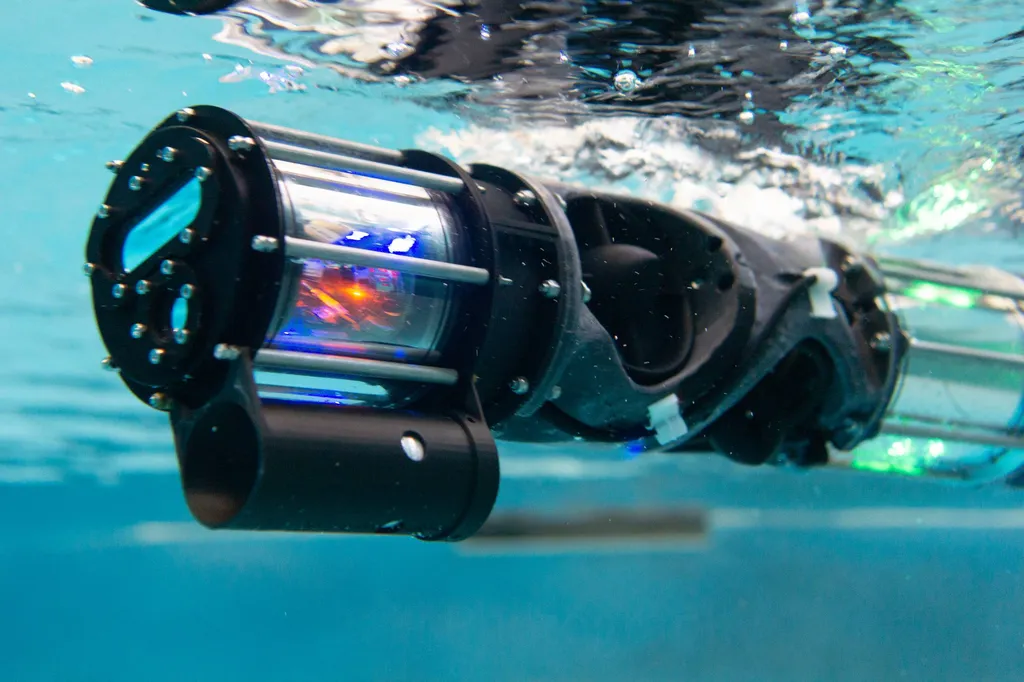Researcher Abdelrahman Sayed Sayed has published a new study that could reshape how underwater robots are deployed in tight, hazardous spaces. The paper, titled “Risk Assessment of an Autonomous Underwater Snake Robot in Confined Operations,” tackles a critical challenge in ocean exploration: how to safely operate flexible, snake-like robots in cramped, unpredictable environments.
Sayed’s work focuses on Eely, an articulated underwater robot designed for inspection and intervention in confined spaces. Eely’s slender, adaptable body makes it ideal for navigating tight passages, but these same features also introduce risks. Unstructured environments, extreme conditions, and limited navigational capabilities can lead to mission failure or even the loss of the robot. To address this, Sayed proposes a Bayesian approach to assess the likelihood of losing Eely during two mission scenarios. By modeling uncertainty and analyzing sensitivity, the study identifies the key factors that most influence mission success.
The research highlights how environmental conditions, robot design, and operational decisions interact to affect performance. For example, the study reveals that certain configurations of Eely’s body may increase the risk of getting stuck, while others improve maneuverability. By quantifying these risks, the findings could guide future robot design and mission planning, ensuring safer and more reliable operations in challenging underwater environments.
This work is particularly relevant for industries like offshore energy, underwater infrastructure inspection, and deep-sea research, where confined spaces are common. As demand grows for autonomous systems capable of operating in extreme conditions, Sayed’s risk assessment framework could become a standard tool for optimizing robot performance and mission success. The study not only advances the field of underwater robotics but also sets a precedent for how risk should be managed in high-stakes, unstructured environments. Read the original research paper here.

